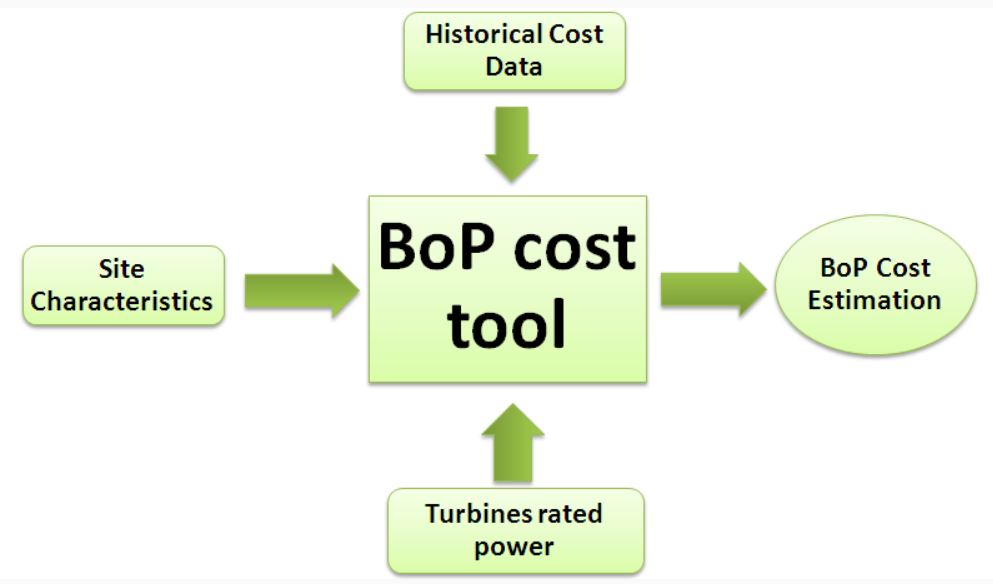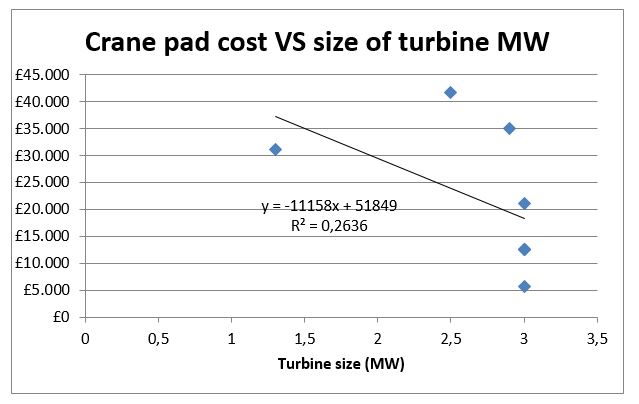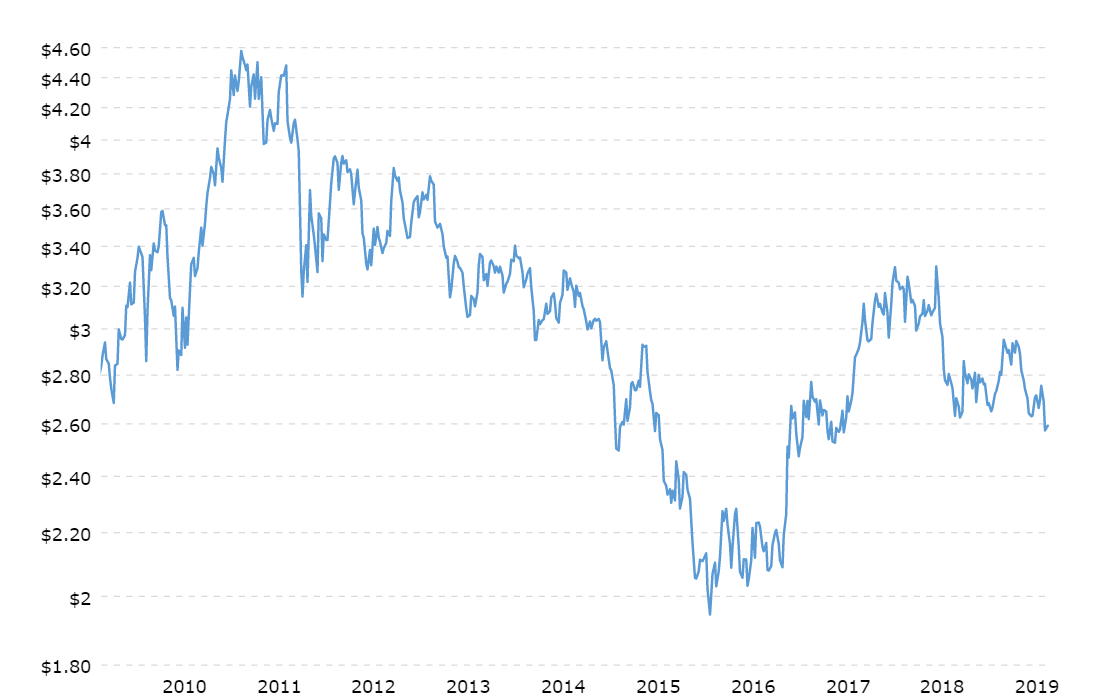Yesterday I had the pleasure to drink an overpriced coffe (2,90€ for an Espresso? Really?) with my good friend José Ramón. He told me that I’m not writing on the blog often enough so I’ve decided to make an effort and find some time to write this post.
The subject I have selected is an evergreen topic, the Holy Grail of BoP – the possibility to create a tool that could calculate quickly the cost of the BoP of a wind farm.
There is already a good amount of material on the subject online, for instance this website of the University of Strathclyde (Glasgow) that present a model created in collaboration with SgurrEnergy (now part of the Wood Group’s Clean Energy business).
You can download the tool from their web or from this link for your convenience: BoP estimator tool
I have decided to take it as starting point to show why the task is not so easy and probably me and the other engineers in the team will not be substituted by an Excel file anytime soon.
The ultimate purpose of such models is to pick a small number of input (to make the tool usable) without losing to much in accuracy. The guys at the University decided to go for an extreme simplification and selected only 6 inputs:
- Number of WTGs
- Turbines Rating
- Km of new roads
- Km of existing roads
- Km of cabling to substation
- Km if cabling to grid
That is a very, very extreme oversimplification.
For instance, the model doesn’t keep into account the topography of the area (flat, hilly, mountainous) or other relevant factors (poor soils, inundable areas, etc.) and link the cost only to the rated power of the turbine. As a consequence the calculation of the crane pads cost show a big dispersion in prices (from 5.000 to 42.000 Pounds) and a very low R Squared value (0.26 – that is, the model isn’t explaining the correlation).
Additionally, the model doesn’t consider any monetary input but the output is monetary. I believe it’s rather hard to accept this simplification: for instance, around 50% of the price of cables is in raw materials like copper, that have a high volatility. This could easily bring a multi million inaccuracy.
Also, there is no such a thing as a standard substation – and this is why we have very good electrical engineer in the team. Even without considering the peculiarities of the local grids (something hard to ignore when they are weak, like in Australia) different customers have also different needs. A customer interested in business certainty will ask for redundancy in the substation – 2 main transformer instead of one, emergency “cold” spare transformer, etc.
Same for the foundations: there are currently so many technical solution in the market (precast, with rock anchors, braced, P&H, etc.) that it is really hard to find a correlation between wind turbine MW and foundation cost. There is so much money in foundation and so much pressure on prices that project specific foundations nowadays are the norm, not the exception.



Leave a Reply